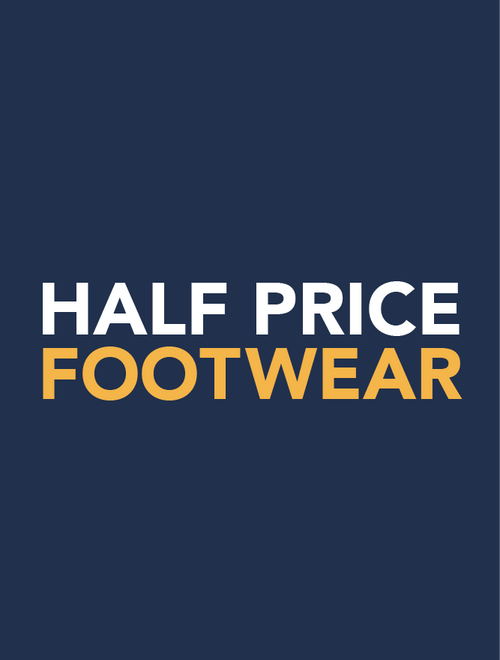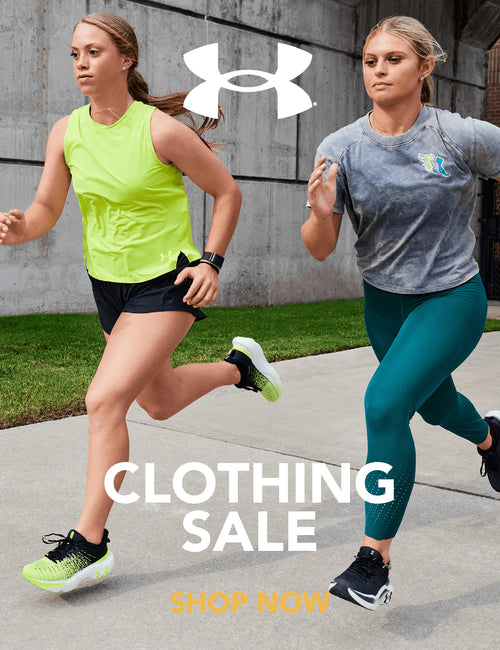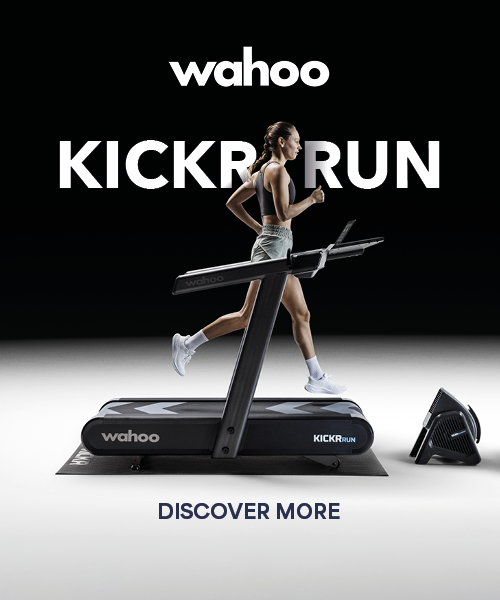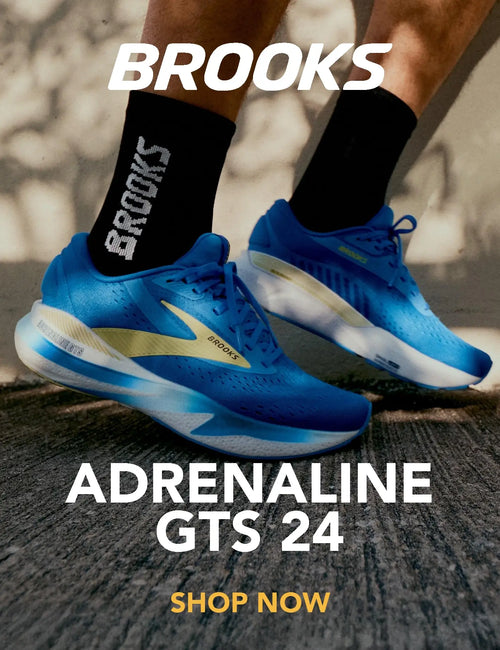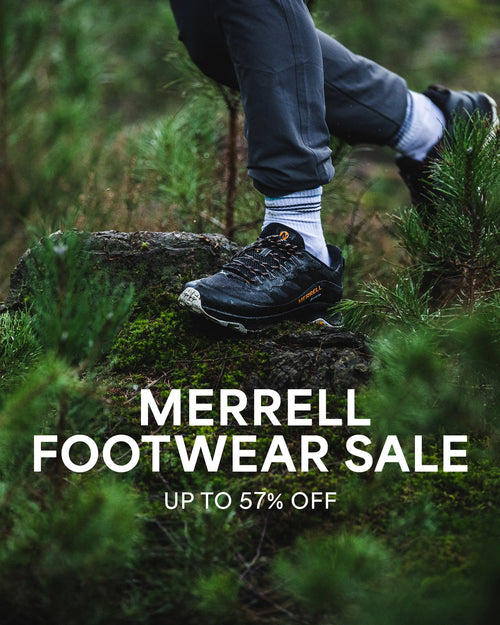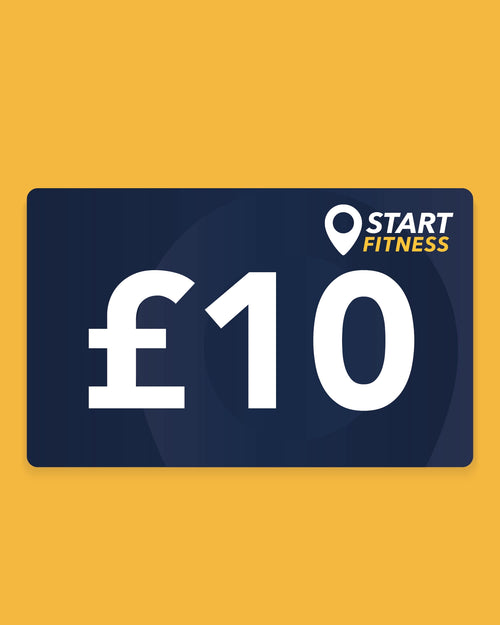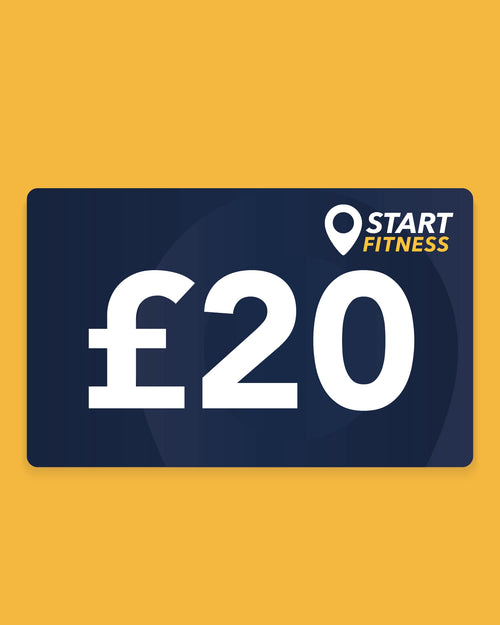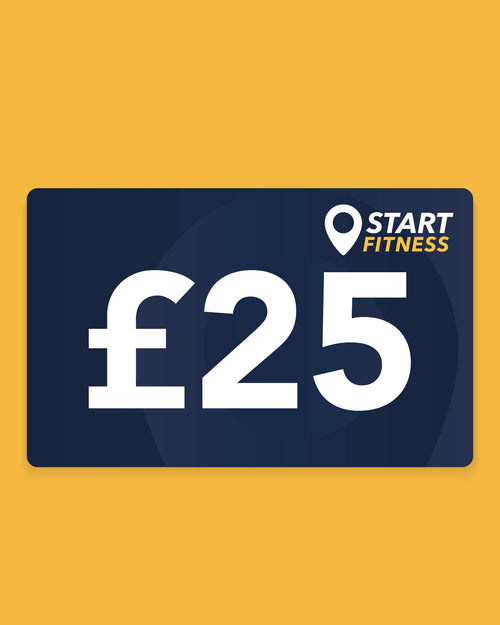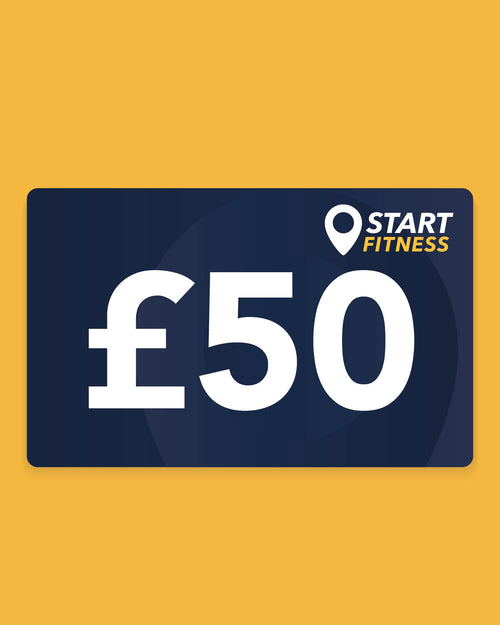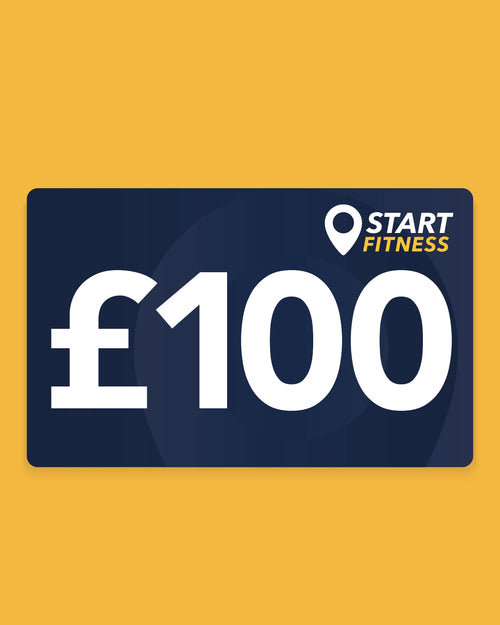Trail running is increasingly popular as it can provide numerous health benefits. For example, it can be great for your mental health by allowing you to reconnect with nature. Off-road runs also provide your brain with a workout as you’ll have to focus on the terrain and look out for any potential obstacles as you navigate track types. Your physical health will also see improvements, such as better balance and cardiovascular fitness. If this sounds like something you’re interested in, our guide will talk you through the basics.
What is trail running?
Trail running means you are running surrounded by nature away from typical urban paths,running by a lake, in the mountains or through fields. As long as you aren’t running on paved surfaces such as tarmac or pavement where road runners would normally be, then it’s likely a trail run.
You’ll be experiencing a variety of different rugged terrains such as natural rocky paths, dust trails, mud and grass. These diverse areas are also subject to ascensions and descensions, so you’ll need to pay much more attention to your footing, especially when running in rocky or unstable terrain.
How to start trail running
The first thing to do when you start trail running is to pick a route. If you’re a total beginner, we’d recommend seeing if there are any groups for your level so that you have more experienced people there to guide you as you experience different terrains. This is also extremely important if you’re not confident in your navigation skills as you could end up getting lost if you accidentally wander off the path. You’ll not have a phone signal on many outdoor trails, so you need to make sure you can find your way back. If you want to go on your own, choose an area you’re familiar with to start off, such as a circular route or up a hill.
How do I find trail running routes?
You can search for trail running routes on different fitness apps, such as Strava or Alltrails. You can also simply use an OS map, or plan your own route if you feel confident enough. When using these apps, make sure that you download the route for offline use before you start running. You’ll also likely need to carry some nutritional supplies, because your pace will be slower than your usual road running pace meaning that it will take longer to complete the run. As such, you’ll need enough food and water to stay hydrated through this time.
Some people like to go to national parks or forests, as they often have signposted routes to follow. This is a good way for beginners to start, because these routes will likely also have some paved options such as a boardwalk or path on more beaten tracks so you can always switch back to road running until you build confidence.
What else do I need to know when I’m just starting out?
You’ll need to get a feel for the different types of terrains you’ll be running on, and we’d recommend that you start off by slowly building up your ability. Start with just short distances of 3km or 5km, and gradually build up, alternating between walking and running. We would not advise you to start with trails that have steep hills, because it’s important not to underestimate how much energy is required to go both up and down hill at a good pace and with stable posture. To get you started, we’d instead suggest that you follow a fairly flat trail and use these basic techniques for off-road running:
- Use a short stride to maintain your balance on uneven terrain
- Don’t look at your feet, but do keep your eyes down to scan the trail ahead of you so that you can avoid obstacles
- When the terrain becomes more steep, shorten your stride again to maintain smaller but more frequent steps to keep your cadence stable
- Keep your back as straight as possible when running up or downhill. Leaning forward or backward can strain your body and lead to inefficient breathing. If this is difficult at first, you can just walk up or downhill.
There are of course other elements you’ll need to consider as you will have to use more specialised equipment, including trail running shoes. We’ll talk more about those later as picking the right pair is crucial. However, there are more things you’ll want to invest in to ensure your safety:
- A water carrier or backpack (you can check our dedicated blog if you’re not sure which is best)
- A headlight or torch, and high visibility gear if you plan to run in the dark
- Nutrition and hydration gels as the terrain can be tricky
- A GPS watch to help you navigate (read which GPS watches are best on our blog)
- Sun protection and winter running clothes depending on the season.
What are trail running shoes?
Trail running shoes are essential for all off-road runners. They are robust and designed for more rugged terrain, often boasting a sturdy outsole and stiff midsoles. This stiffness provides more of an even underfoot platform when running for added stability on varying terrain. They also have enhanced traction to prevent you from slipping on muddy or wet surfaces, or where there is a lot of loose gravel.
What is the difference between trail running shoes and running shoes?
Put a trail shoe next to a running shoe and you’ll be able to see and feel quite a few differences in addition to the ones mentioned above. But to help you realise why regular running shoes won’t make the cut for off-road ventures, there are some more subtle differences that you likely won’t have noticed upon first glance. For example, trail running shoes are designed to protect your feet, so when looking at the upper body you’re unlikely to see light mesh or knit. Depending on the brand, you’ll see either a waterproof upper or generally more robust materials to stop rocks and debris from hurting your feet.
Additionally, where road running shoes have smooth rubber outsoles, trail shoes will have deeper lugs for added traction. They’ll also have less cushioning than road running shoes, as they’re designed to keep you protected - they may even have an added rockplate to keep jagged rocks from causing injury. As such, they’re much less flexible than regular road running shoes. If you’re not sure which pair to buy, we recommend the following trail shoes for beginners to get started:
Cascadia 18 Gore-Tex Trail Running Shoes
The Cascadia Gore-Tex trail shoes feature sticky traction to help you run on difficult terrain, securing your stride without the worry of slipping. The body of the shoe also features waterproof technology to repel water in case you encounter any puddles or unfavourable weather conditions. All the while, soft cushioning is paired with ankle support to keep you upright and protect your feet from any jagged rocks or unstable terrain that can cause injury making them an ideal shoe for beginners.
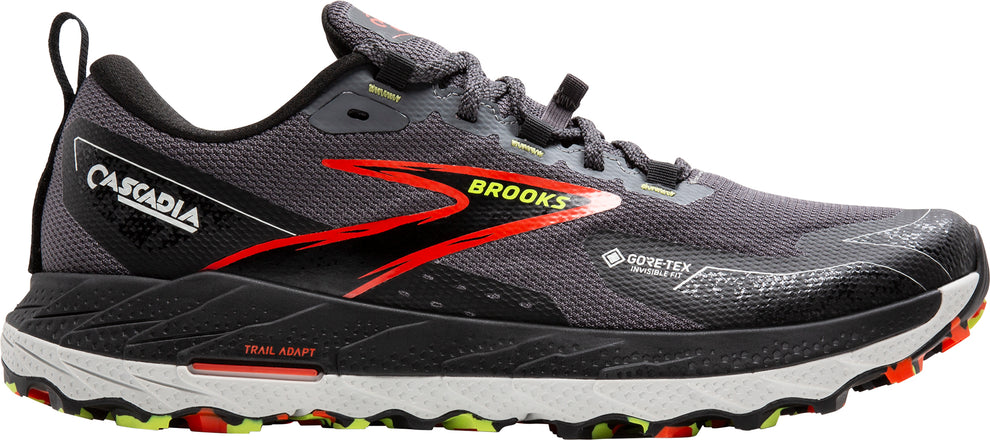 |
| Brooks Cascadia 18 GORE-TEX Men’s Trail Running Shoes |
MudTalon Trail Running Shoes
The Inov8 MudTalon running shoes are also a great option for beginners. They offer a thicker midsole which gives comfort and bounce over long distances, but it still allows you to feel and respond to the ground below without the discomfort of feeling jagged rocks and terrain. This protection is further enhanced by the flexible underfoot ROCK-PLATE that protects your feet against sharp rocks and tree roots.
The design of these shoes means that you’ll have space at the toes for a secure and comfortable feel that allows your foot to take its natural shape and splay for better balance, and the heel will also be locked in for more ankle support.
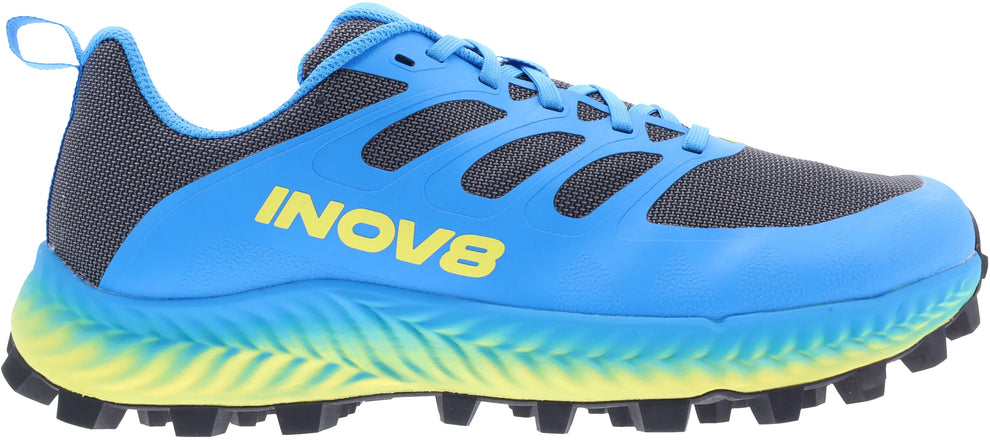 |
| INOV8 MudTalon Men’s Trail Running Shoes |
Extra Accessories
We’d also recommend investing in a lightweight backpack or vest that won’t weigh you down or displace your balance when running up or downhill. The adidas Terrex Techrock Trail running belt is designed for this purpose, it features secure zip pockets for your valuables such as your keys and phone, while stash pockets store your nutritional and hydration gels for easy access when you need it. Finally, breathable mesh keeps you cool over the long haul, and a bungee-adjustable strap lets you fine-tune the fit for enhanced comfort.
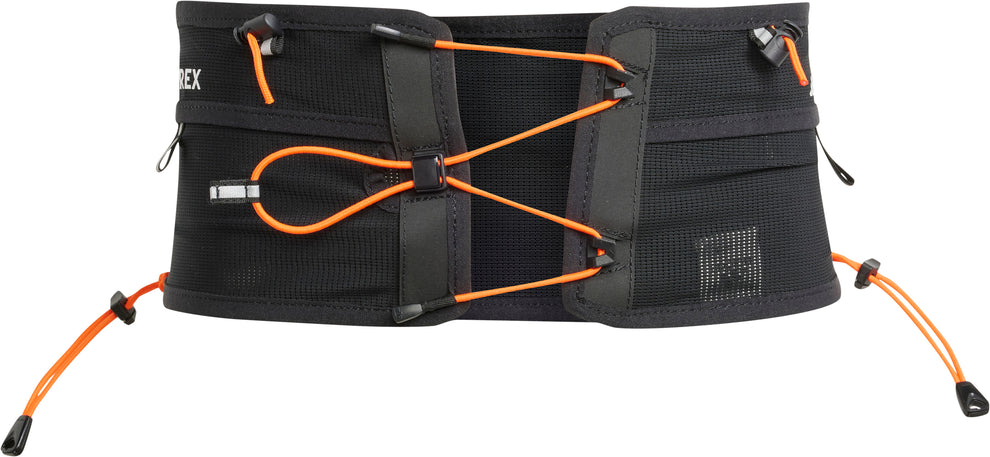 |
| adidas Terrex Techrock Trail Running Belt |
Prepare for your off-road adventure with Start Fitness
Taking the first step can sometimes be the hardest when trying out a new sport or style of running, but we’re here to support you through your fitness journey. Whilst we stock a wide range of trail running shoes, we can also provide you with suitable running clothing, accessories and nutritional support to ensure you have everything you need to succeed.



